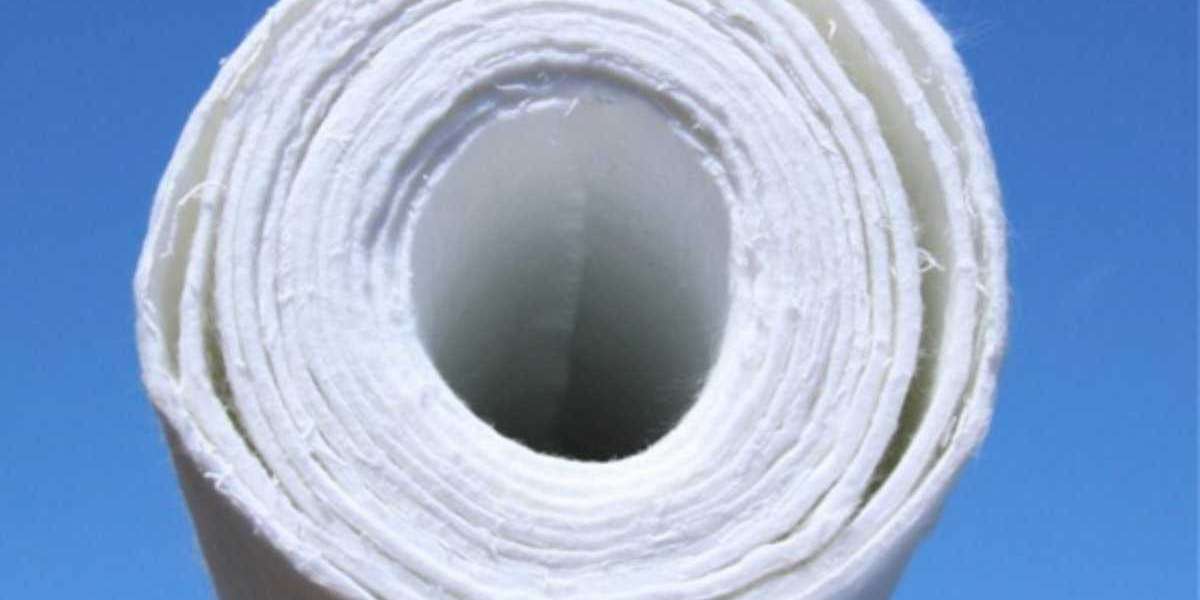When it comes to maximizing the efficiency and performance of your tracks skid steer, the choice of tracks plays a pivotal role. High-quality tracks are essential for ensuring optimal traction, stability, and overall functionality on various terrains. At Rubber Track Rack, we understand the importance of selecting the right tracks for your skid steer, which is why we provide comprehensive insights into the different types, benefits, and maintenance of skid steer tracks.
Understanding Skid Steer Tracks
Skid steer tracks are specifically designed to enhance the versatility and operational capabilities of skid steer loaders. Unlike traditional tires, tracks distribute the weight of the machine over a larger surface area, which significantly reduces ground pressure. This characteristic is particularly beneficial when working on soft, muddy, or uneven terrains.
Types of Skid Steer Tracks
Choosing the right track for your skid steer is crucial. There are primarily two types of tracks to consider:
Rubber Tracks
Advantages: Rubber tracks provide excellent traction and are quieter than steel tracks. They also offer a smoother ride, reducing operator fatigue. Their flexibility allows them to adapt to uneven surfaces, making them suitable for landscaping, construction, and agricultural applications.
Disadvantages: While durable, rubber tracks can wear out faster in extreme conditions or rough terrains compared to steel tracks.
Steel Tracks
Advantages: Steel tracks are known for their durability and longevity. They excel in rocky or abrasive environments, making them ideal for heavy-duty applications such as demolition or mining. Their strength can handle significant loads without risk of puncture.
Disadvantages: Steel tracks can be noisy and may lead to a harsher ride, impacting operator comfort over long periods.
Key Considerations When Selecting Skid Steer Tracks
Selecting the right tracks for your skid steer involves several considerations to ensure optimal performance:
Terrain Type: Analyze the primary surfaces you'll be operating on. Rubber tracks are generally better for soft or sensitive ground, while steel tracks shine in rough and rocky environments.
Load Capacity: Consider the weight of the loads you'll be lifting. Ensure the track you choose can support the maximum weight without compromising safety and performance.
Width of Tracks: Wider tracks offer better stability and flotation, which is essential for soft ground conditions. However, they may not be suitable for narrow spaces.
Manufacturer Specifications: Always refer to the manufacturer’s guidelines for compatibility. Not all tracks fit every model of skid steer.
Benefits of Using Tracks on Skid Steers
Incorporating tracks into your skid steer can yield numerous benefits:
1. Enhanced Traction and Stability
Tracks provide a larger contact area with the ground, which significantly increases traction. This improvement is particularly important when navigating slopes or slippery surfaces, reducing the likelihood of slipping or tipping.
2. Reduced Ground Pressure
Tracks minimize ground pressure, which is vital when working on soft or sensitive surfaces. This feature helps prevent damage to lawns, driveways, and other delicate areas.
3. Improved Operator Comfort
Tracks provide a smoother ride compared to wheels, resulting in less jarring during operation. This enhancement leads to improved operator comfort and productivity, especially during extended work periods.
4. Versatility Across Applications
Whether it's landscaping, snow removal, or heavy construction, skid steer tracks enable operators to tackle a wide range of tasks efficiently, making them a versatile choice for various industries.
Maintenance Tips for Skid Steer Tracks
Proper maintenance is key to prolonging the life of your skid steer tracks and ensuring optimal performance. Here are some essential maintenance tips:
1. Regular Inspection
Conduct regular inspections of your tracks for signs of wear and tear, such as cracks, cuts, or excessive tread wear. Early detection can prevent further damage and costly repairs.
2. Clean Tracks After Use
Dirt and debris can accumulate on tracks, leading to premature wear. Regularly cleaning the tracks, especially after use in muddy or rocky conditions, can help maintain their integrity.
3. Monitor Track Tension
Proper tension is crucial for effective operation. Regularly check the tension of your tracks and adjust as necessary according to the manufacturer’s specifications. Overly tight tracks can lead to increased wear, while loose tracks can slip off the sprockets.
4. Use Appropriate Lubrication
Keep moving parts well-lubricated to prevent friction and wear. Refer to the operator’s manual for guidance on suitable lubricants and intervals for lubrication.
5. Replace Worn Tracks Promptly
If tracks show significant signs of wear, it's crucial to replace them promptly. Operating on worn tracks can affect performance and safety, potentially leading to costly repairs.
Conclusion
Choosing the right tracks for your skid steer is fundamental to ensuring operational efficiency and safety. With options like rubber and steel tracks, understanding your specific needs and the terrain you'll be working on is essential. By considering the benefits, maintenance tips, and the wide range of applications for skid steer tracks, operators can significantly enhance productivity and performance on the job site. At Rubber Track Rack, we are committed to providing top-quality tracks that cater to your skid steer needs, ensuring you get the most out of your equipment. Investing in the right tracks not only boosts your machine's performance but also contributes to a more efficient and comfortable working environment.






